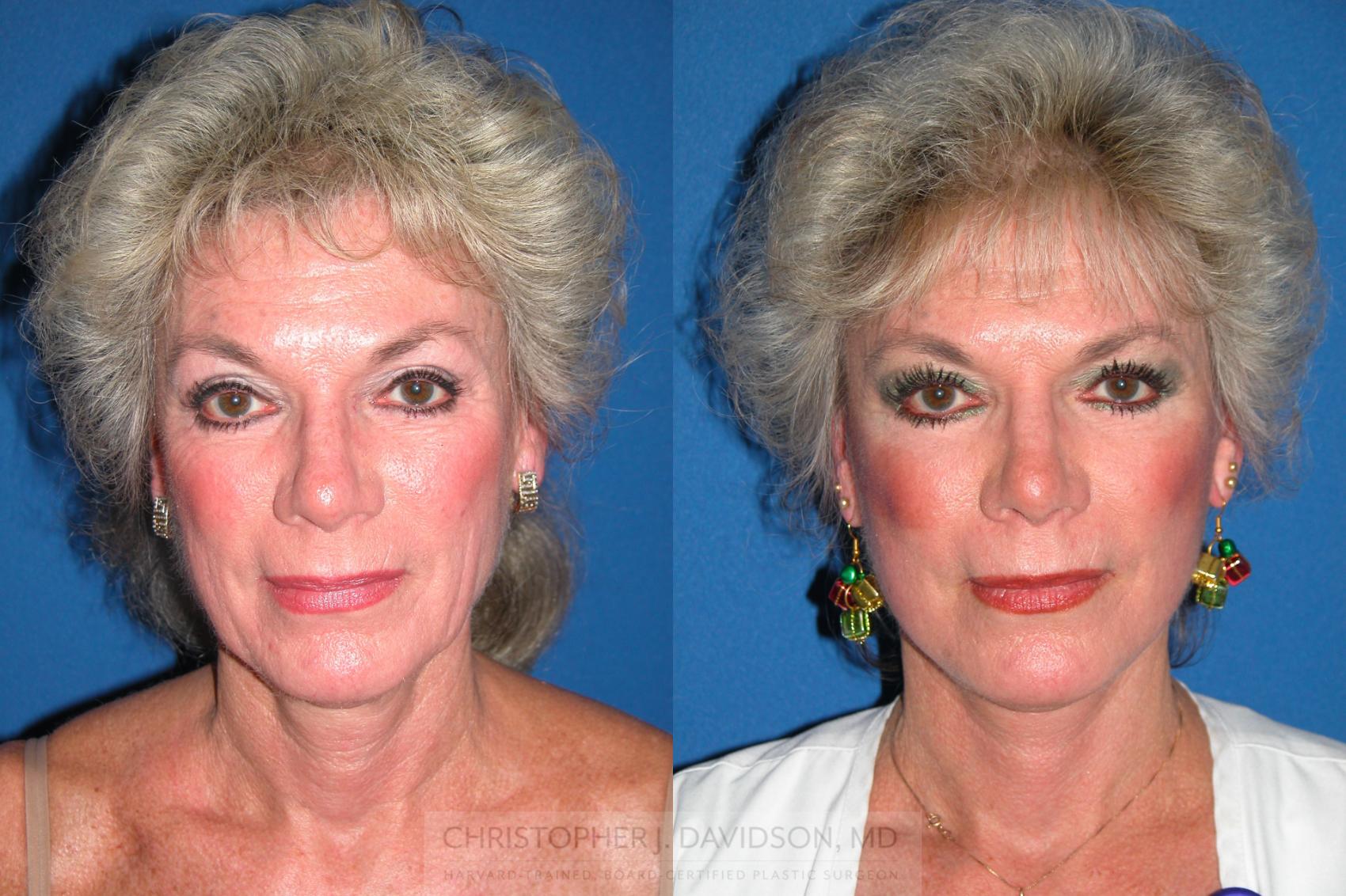When it comes to turning back the clock, today’s wrinkle treatments range from subtle tweaks to dramatic transformations. But if you’re weighing the benefits of a facelift vs. BOTOX injections and fillers, knowing what each one treats—and what it doesn’t—is key. Contrary to popular belief, a facelift won’t erase every wrinkle. Instead, it’s often part of a broader rejuvenation strategy that includes injectables and skin treatments.
What a Facelift Really Treats
A facelift remains the gold standard for addressing sagging skin, jowls, and deep creases around the mouth and jawline. It repositions the underlying facial tissues and tightens the skin for a smoother, lifted appearance. Modern facelift techniques focus on natural-looking results that refresh your appearance without making you look “pulled” or overdone.
However, a facelift does not treat:
- Fine lines (especially around the eyes or mouth)
- Skin texture or tone
- Sun damage or pigmentation issues
- Volume loss in the cheeks, temples, or lips
If you’re looking for a wrinkle-removal treatment that smooths away superficial lines, you’ll likely need to combine a facelift with other options, such as BOTOX or dermal fillers.
What To Expect
Facelift surgery revitalizes the lower two-thirds of the face, including the jawline, chin, and portions of the neck. By adding youthful definition to this area, a facelift can make you look younger without making you look unrecognizable.
However, because a facelift is a surgical procedure, it requires anesthesia (usually sedation anesthesia) and a period of recuperation. Most patients need to take 1 or 2 weeks off from work and other social activities. Once your face has healed, the results of your facelift can endure for many years.
BOTOX Cosmetic: A Dynamic Wrinkle Fighter
This ubiquitous injectable treatment is popular because it creates noticeable results with a very small investment of time. BOTOX’s active ingredient is a neuromodulator that’s been widely used and trusted in medicine for years.
BOTOX works by relaxing the facial muscles that create expression lines. It’s particularly effective for:
- Horizontal forehead lines
- Frown lines between the brows (“11s”)
- Crow’s feet at the corners of the eyes
Pros of BOTOX:
- Nonsurgical with minimal downtime
- Results appear within a few days and last 3 to 4 months
- Can be used in combination with other treatments
- Great for smoothing dynamic wrinkles (caused by movement)
However, BOTOX can’t lift sagging skin or restore volume—both are better treated with a facelift or fillers.
What To Expect
The main objective of a BOTOX treatment is to reduce the appearance of specific lines and crinkles on the upper face. BOTOX cannot tighten skin in the same way that surgery can. And while injections are less expensive than a surgical facelift, you’ll need repeated treatments to maintain appreciable results.
We typically recommend BOTOX for patients who want to treat specific, relatively minor concerns. It can also help enhance the results of surgery.
Dermal Fillers: Smooth, Youthful Volume
Dermal fillers, such as JUVÉDERM® or Restylane®, restore lost volume and contour to the face. Fillers can:
- Plump thinning lips
- Add volume to cheeks or temples
- Fill deep nasolabial folds or marionette lines
- Smooth chin or jawline irregularities
When used strategically, fillers provide natural-looking enhancements that complement BOTOX or even facelift results.
Pros of Dermal Fillers:
- Quick, visible results after treatment
- Natural-looking enhancement for the cheeks, lips, temples, jawline and under the eyes
- Long-lasting effects (typically 6 to 18 months, depending on the product)
- Minimal to no downtime
What To Expect
Dermal fillers restore facial volume and smooth moderate to deep wrinkles, especially around the mouth, cheeks, and jawline. While they don’t reposition loose skin like a facelift, they can enhance facial contours and soften visible signs of aging in a subtle, natural-looking way.
Because dermal fillers are temporary and require repeated treatments to maintain a refreshed look, costs can accumulate over time.
We often recommend dermal fillers for patients seeking a quick, effective option to address volume loss or deeper folds—either as a standalone treatment or to enhance the effects of BOTOX or facelift surgery.
What Is a Liquid Facelift?
A liquid facelift is a nonsurgical facial rejuvenation technique that uses BOTOX and fillers together to mimic the effects of a facelift without incisions, anesthesia, or downtime. It’s ideal for patients who want to:
- Smooth facial lines
- Restore volume
- Achieve subtle lifting in the brow, cheeks, or jawline
- Look refreshed without surgery
A liquid facelift can’t replicate the dramatic lifting of surgery. Still, it’s a great option for those in their 30s to 50s who are starting to notice signs of aging but aren’t ready for—or don’t want—surgery. It also appeals to patients looking for an option that’s customizable, reversible, and adjustable over time.
Facelift vs. BOTOX Injections and Fillers: How To Decide
Choosing the best treatment for facial wrinkles and folds depends on your goals, age, skin condition, and lifestyle.
| Concern | Best Treatment Option |
|---|---|
| Sagging skin & jowls | Facelift |
| Fine expression lines (forehead, eyes) | BOTOX |
| Volume loss (cheeks, lips) | Fillers |
| Subtle full-face refresh | Liquid facelift (BOTOX + fillers) |
| Long-lasting dramatic lift of the mid & lower face | Facelift |
For many patients, the ideal plan combines the longevity and lift of surgery with the finesse and customization of injectables. There’s no single best wrinkle treatment—just the one that’s best for you.
Ready To Enjoy a Refreshed Look?
Today, facial rejuvenation offers more choice, customization, and flexibility than ever before. Whether you’re interested in a facelift, injectables like BOTOX and fillers, or a treatment plan that blends them all, we’re here to guide you. Request a consultation online or call our office at (781) 237-7700 to get started.
This blog post was published in November 2018 and updated in July 2025.






Leave a Reply